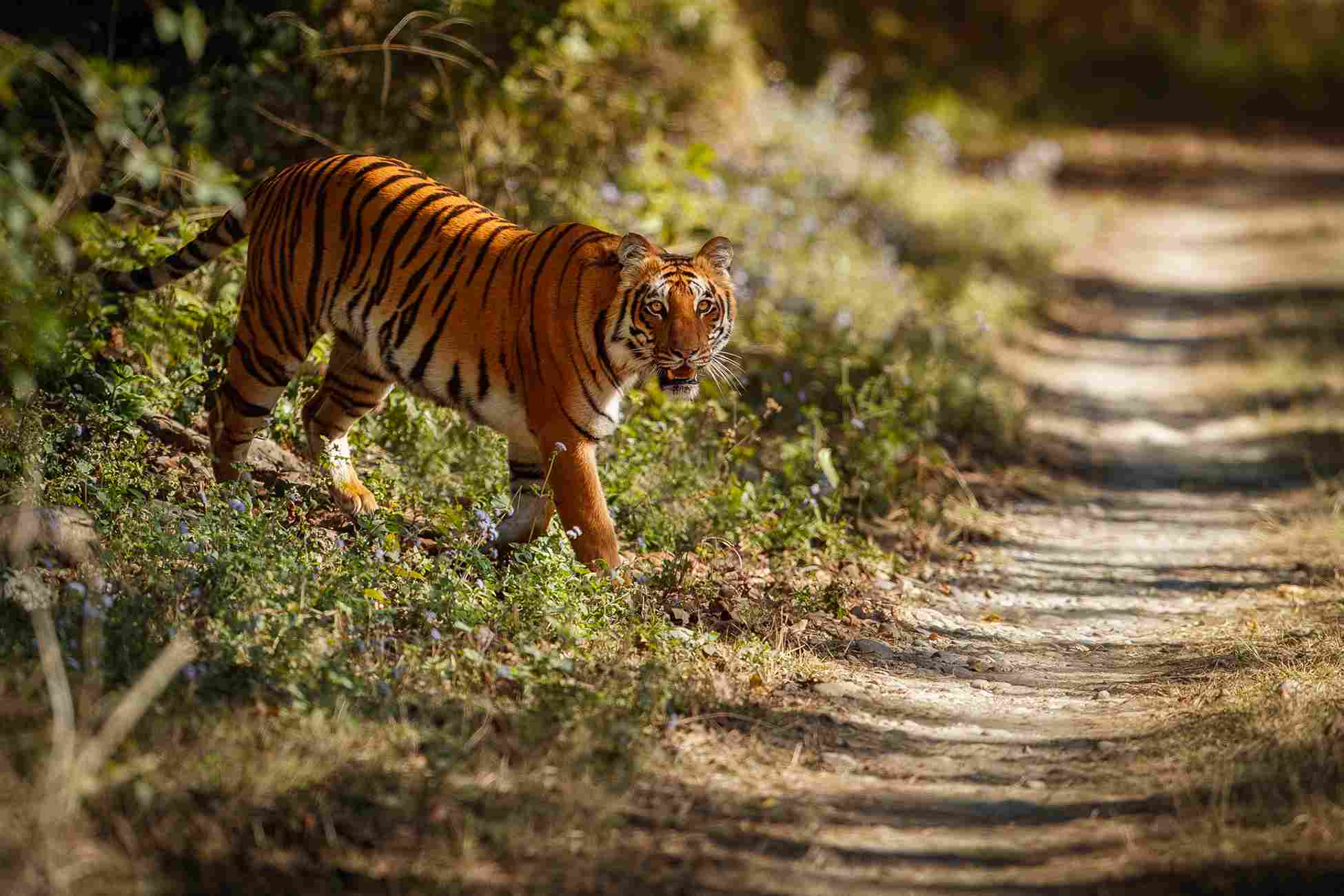Sandeep Gupta and Gopal Kapoor, Directors, Dook Travels, share how in the post-COVID world, offbeat destinations in Eastern Europe and Central Asia will be the forefront of the global travel landscape. And though some of the CIS countries share a border with China, most experienced a far lesser impact than European and American countries.
Nisha Verma
For Sandeep Gupta and Gopal Kapoor, the COVID-19 pandemic brought about an unprecedented collapse of economic activity and severe restrictions on the movement of people. However, they share that despite some CIS countries sharing a border with China, most experienced a far lesser impact than European and American countries.
“Except for Russia, COVID-19 cases within CIS countries remained relatively low throughout the pandemic. However, the economic fallout that accompanied the virus hit the region hard. As the number of international tourists dwindled, countries like Uzbekistan, Kyrgyzstan and Armenia, where tourism forms a major block of the economy, were especially affected,” says Gupta. Kapoor adds, “To revive their economies, many countries in the CIS region and Eastern Europe were the first to open their borders to international tourists. Though most countries have only opened partially, and certain restrictions like mandatory RT-PCR test reports persist, these offbeat destinations sparked the spirit of travel and adventure right after humanity was devastated by an unseen foe.”
“Serbia was the first to open for tourism post COVID last year, when the EU announced a gradual easing of restrictions,” Gupta points out, adding, “Since then, Serbia has been welcoming tourists with a negative RT-PCR test without quarantine. Ukraine soon followed suit and opened its borders in late September and Uzbekistan lifted restrictions in early October, allowing entry and unrestricted movement of foreign travellers with a negative RT-PCR test. Kyrgyzstan, another CIS country dependent on tourism, opened its borders in mid-December, allowing tourists with a negative RT-PCR test to travel freely.” However, Armenia particularly faced exceptional hardship, with economic decline and political instability shaking the country to its core, reveals Kapoor.“Eventually, Armenia moved on and opened up for tourists in early January of 2021. Again, a negative RT-PCR test is all it takes to freely explore the kingdom. Russia faced a high number of infections and economic deterioration during the months of worldwide lockdown,” he adds.
As the number of cases steadily declined and the first trials of the Russian vaccine ‘Sputnik V’ yielded successful results, the country opened its borders to the world. “Russia resumed all scheduled air traffic with India from February 14, 2021. A negative RT-PCR test remains mandatory for entry into the country,” says Gupta.
With India already having mutual air bubbles with Uzbekistan, Ukraine and Russia that ensure direct flights for Indian travellers to these countries, Kapoor says, “Indians can also travel to other destinations like Armenia, Kyrgyzstan, Serbia, and Belarus via a layover in Dubai. Travellers can also journey to Belarus through connecting flights from Kyiv and Tashkent. Russia has also initiated an e-visa process for travellers from 54 countries, including India, making visa acquisition more streamlined and hassle-free.”
 TravTalk India Online Magazine
TravTalk India Online Magazine





